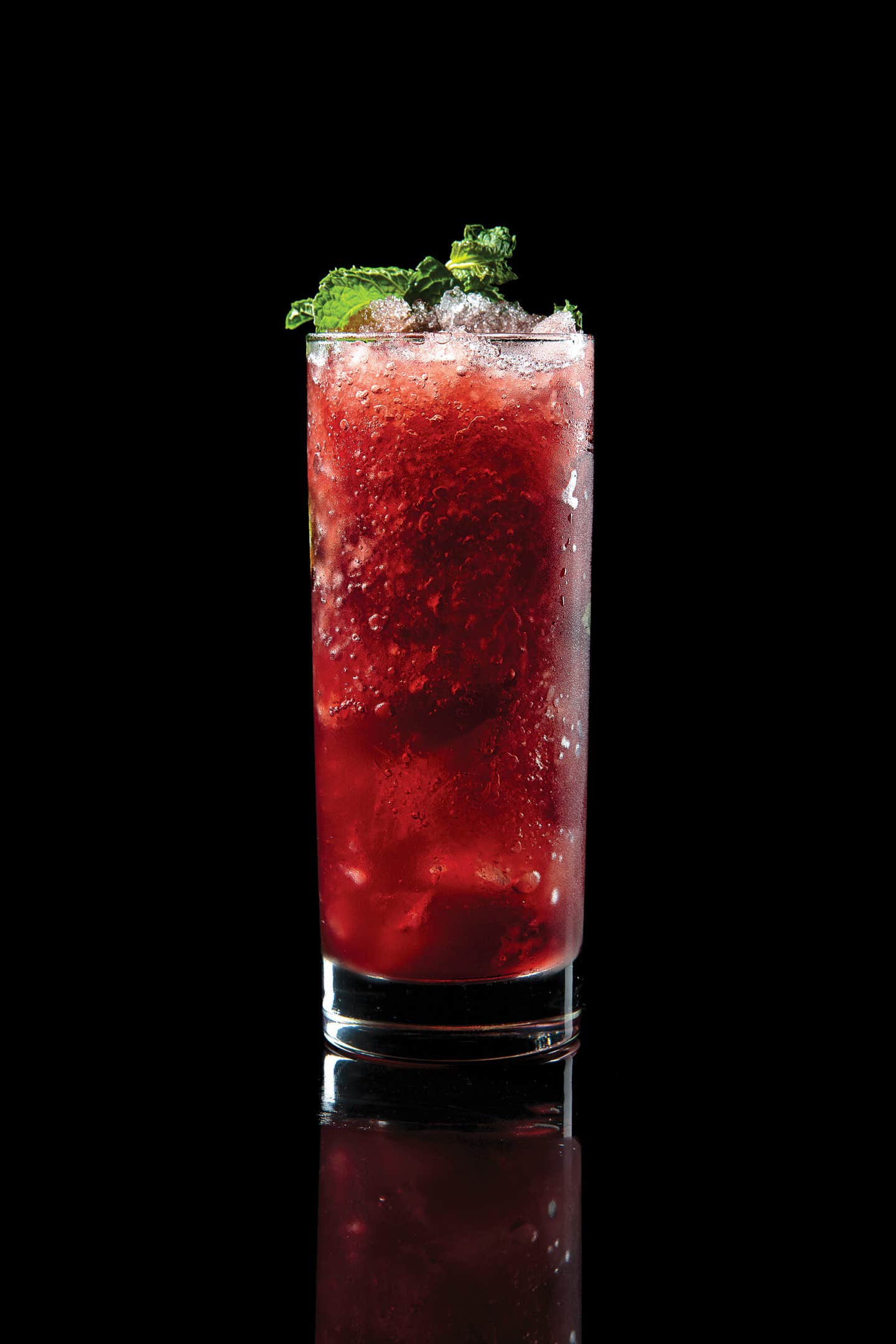
In pisco country on Peru's southern coast, my bus rattled past windswept dunes. Improbably, grapes grow here. In the 1550s, the colonizing Spaniards planted grapevines, which they irrigated with water from the rivers flowing from the Andes. The wine was soon levied; by distilling fruit rather than making wine, producers could avoid paying taxes. Thus was born pisco, a white spirit made from fermented grape juice. It hit the States during the gold rush. At San Francisco's Bank Exchange bar, pisco punch hooked devotees with the inclusion of (then legal) cocaine. Prohibition and Peru's political turbulence soon dampened pisco's fortunes. Though the spirit found renewed domestic interest in the early 2000s, producers struggled to entice overseas admirers. Legal controls helped.
Today, production is strictly regulated. Rather than a tall, modern column still, which removes many interesting flavors, producers must use a gourd-shaped copper alembic or potlike falca to distill the juice of eight different grapes. Dilution and barrel aging are prohibited, and the spirit must rest, mellowing for three months before bottling. The results are exuberant in any style: single-varietal puro; acholado, a blend; or mosto verde, a rich pisco made by distilling before the grape fermentation finishes. At Pisco Portón, based at the Americas' oldest continuously operating winery, with vines growing in the stark landscape as backdrop, I sipped a mosto verde made from the aromatic torontel grape. Born from a desert that blooms in spring, it was floral and earthy—heady with roses, violets, and pear. With such exciting piscos on the market, mixologists are discovering the spirit's potential. Home bartenders, too, will find it intriguing in a classic pisco sour, substituted for vodka in a Tom Collins, swapped for tequila in a flowery margarita, or mixed into something completely new.
Keep Reading
Continue to Next Story










